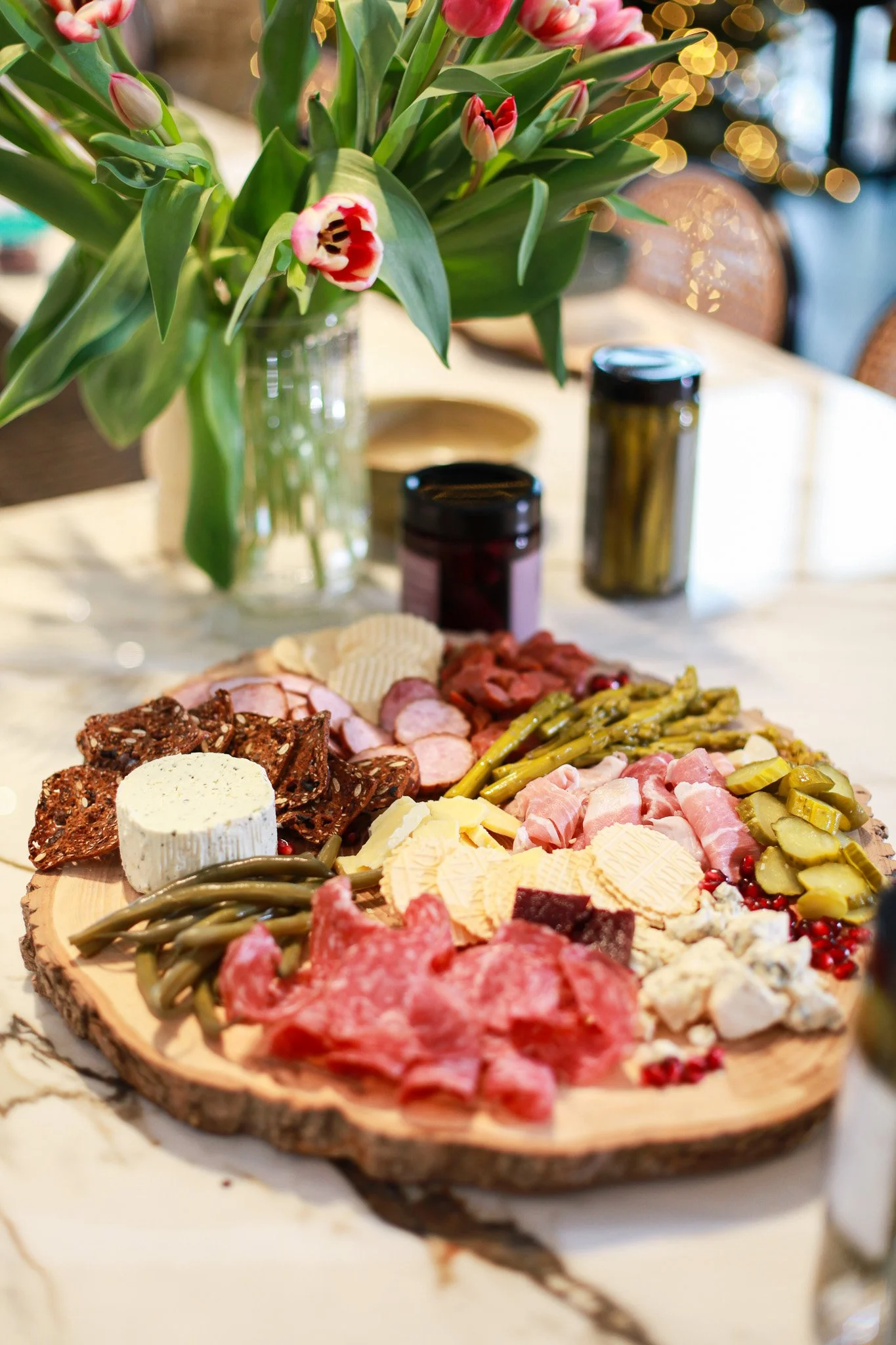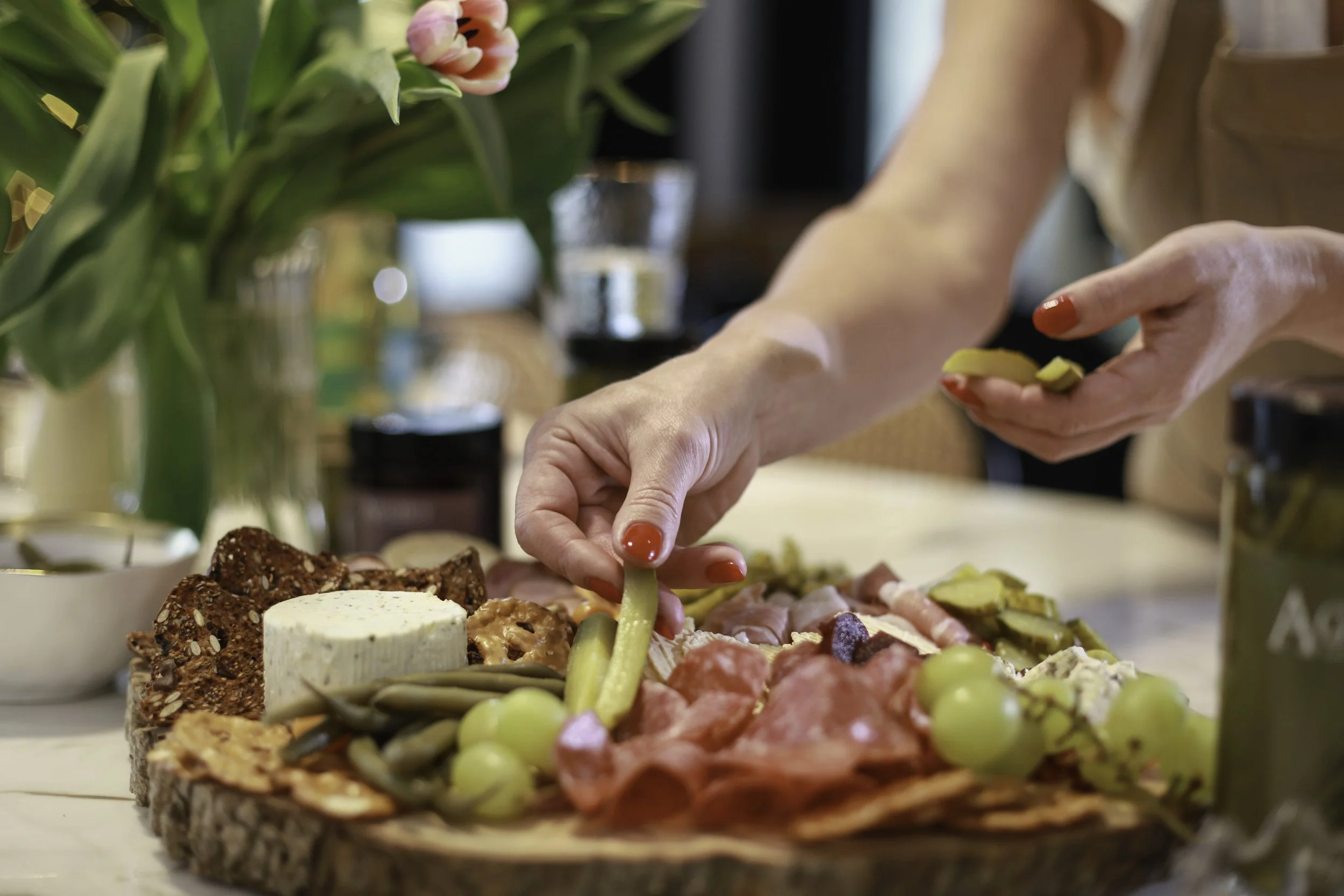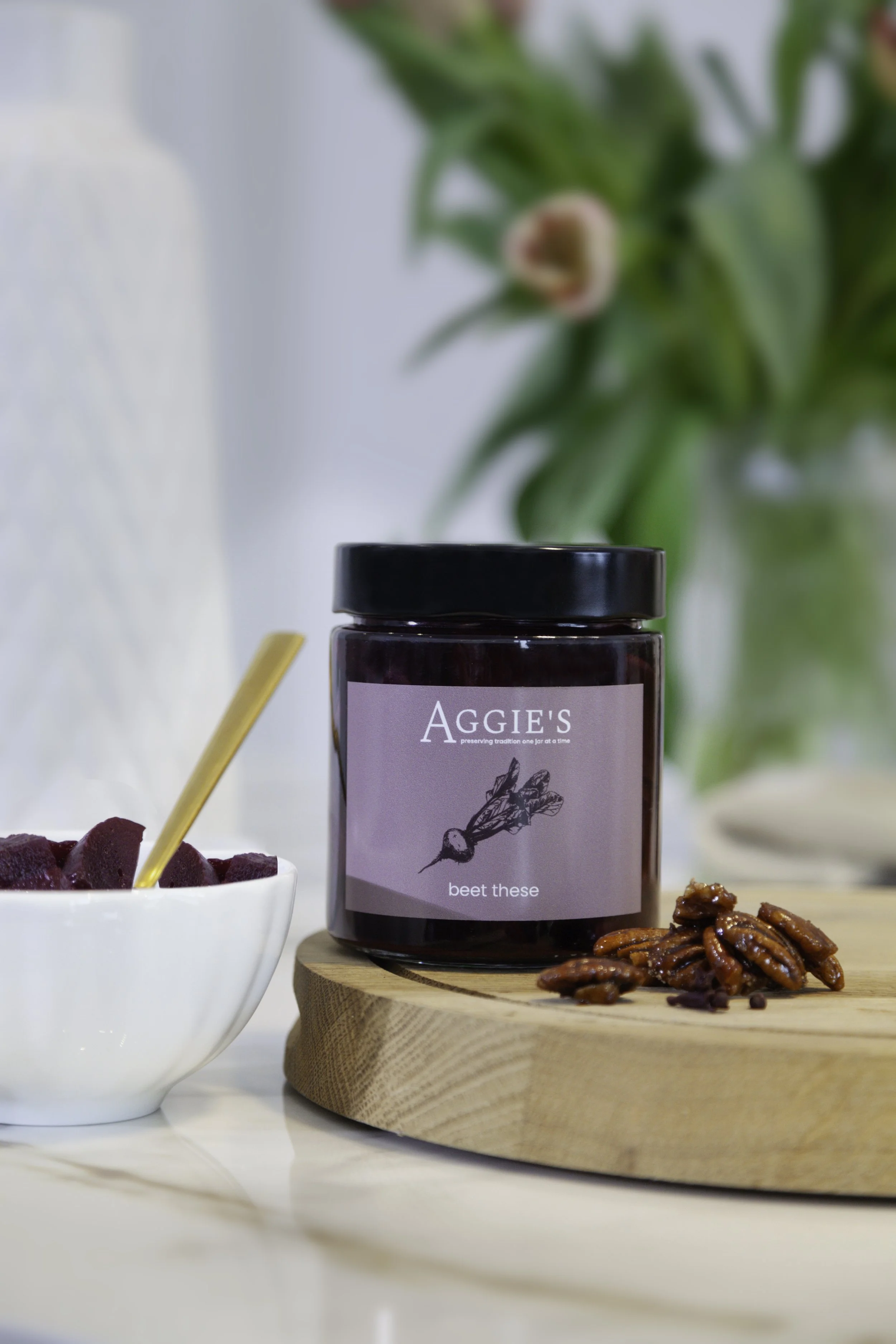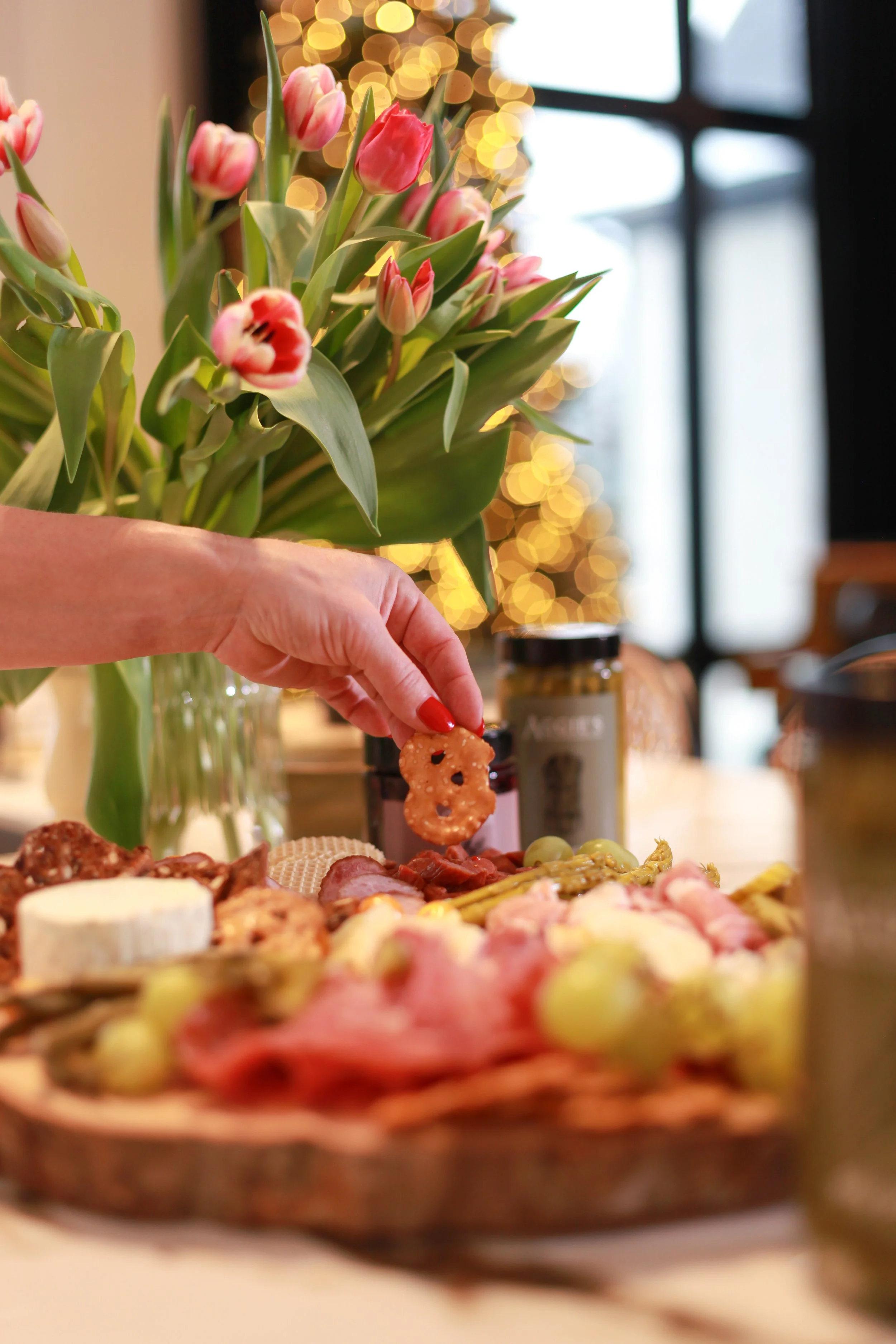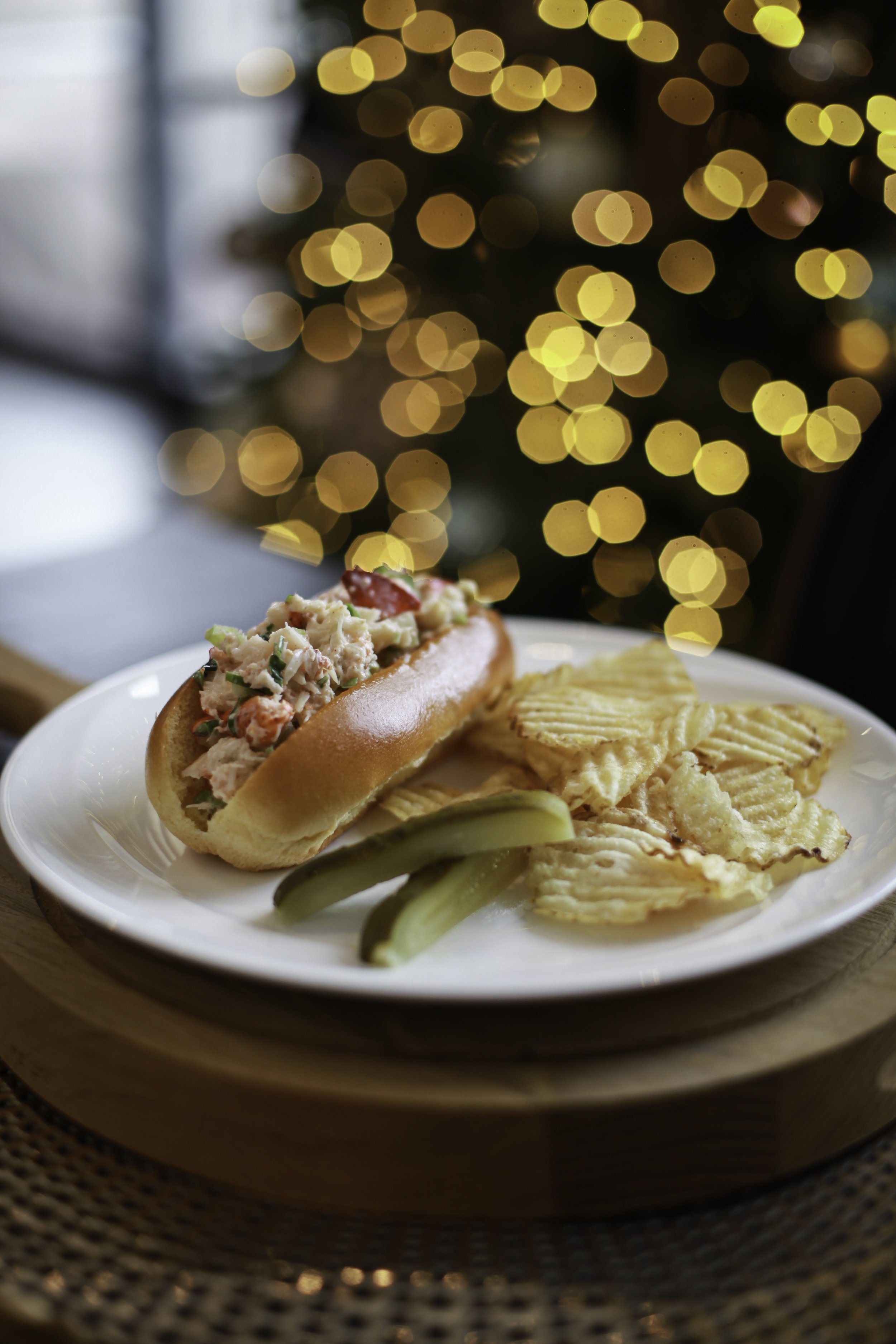The Perfect Charcuterie Board
Share this with a friend!
Charcuterie (shaar·koo·ter·ee) is essentially fancy cold cuts. It includes cured meats like salami, ham, kielbasa and prosciutto, as well as spreads such as patés, terrines, and chicken liver mousse. A classic charcuterie board features these protein staples alongside cheeses and delicious accompaniments including dried and fresh fruits and pickled vegetables, toasted nuts, briny olives, and an array of honeys, jams, jellies, chutneys, mustards, and more.
A stunning charcuterie board is both a statement piece and a time-saver, as it usually requires minimal to no cooking. It takes just a few minutes to assemble (really!), and you don't need to be a professional food stylist. Plus, you can prepare it in advance and store it in the fridge until right before serving.
Since your charcuterie board is meant to be an appetizer rather than a main course (unless you're serving it solo—we'll cover that later), you won't need as much meat per person as you would for an entrée.
Meats: Two to three slices, or roughly 2 to 3 ounces per person, should satisfy your guests. While per-pound prices might seem steep, many meats are best sliced wafer-thin, so a few ounces go a long way. For 8-10 people, you'll need 1 to 1 1/2 lbs of meat, and it's wise to choose at least one crowd-pleaser from each category.
Cheeses: Typically sliced a bit thicker, aim for 3 ounces of cheese per person or 1 1/2 to 1 3/4 pounds for 8-10 people (about 3 medium-sized hunks).
Extras: The more, the merrier! My top complaint about restaurant meat and cheese platters is the lack of bread. Avoid this mistake by providing at least one cracker or piece of bread for every slice of meat. Extras like pickles, spreads, nuts, and fruits should be abundant, allowing guests to experiment with different flavor combinations in each bite. Serving 5-10 handfuls or small vessels of extras is reasonable.
If you plan to serve your board as the main dish, add a bit more of everything and consider including a salad and a heartier cured meat, like grilled kielbasa or grilled steak. Even dumplings, pierogies, shishito peppers or deviled eggs would be a compliment to the board.
Select meat from each category to create a delightful assortment—prosciutto, capicola, bresaola, soppressata, and mortadella are excellent choices. You can purchase equal amounts of each or adjust the proportions based on your preferences.
Cheese is meant to complement the meat, so aim for contrasting textures and flavors. Pairing a soft, mild cheese with soft, mild mortadella isn't ideal; instead, opt for a firm cheese. Salamis pair well with creamy cheeses, while prosciutto shines alongside burrata or brie.
Nuts:Spiced nuts, candied nuts, Marcona almonds, roasted nuts, nut brittle—these crunchy additions are always a hit.
Fruit: Grapes, sliced apples and pears, dried apricots, dried cranberries, dried and fresh figs. Don't forget seasonal fruits; in late summer, peaches and melon are a revelation with prosciutto and Brie!
Spreads: Honey, mustard, fig jam, membrillo (quince paste), pepper jelly, sweet or savory chutneys, tapenades. My favourite tip is to add a pinch of red pepper flakes to honey for a sweet and spicy spread that complements almost every meat and cheese.
The Board: I recommend wood, marble, slate, or ceramic. But my favorite is wood. Ensure it's food-safe—look for a label indicating this.
A live edge wooden round surface that's 24 inches in circumference is excellent for serving 6 to 8 people. For smaller gatherings (4 to 6 people), a standard cutting board (around 12x18 inches) works well. You can also create a chain of surfaces, placing meats and cheeses on one board and extras like crackers and breads in surrounding bowls or plates. Strong cheeses can be isolated on their own plate, or you can use a tiered platter.
Containers: Rather than serving spreads and pickles in their store packaging, transfer them to charming jars and bowls. Save little jam jars and unique vessels for an eclectic look. Choose jars and bowls that aren't too tall or wide, ensuring the food is at the same level and easy to access.
Utensils: The essential tools are sharp knives, spreading knives, spoons, and forks or picks. You don't need a knife for every cheese or a fork for every pickle, but it's important to have a few forks and knives to keep things tidy. You definitely don't want your jelly spoon ending up in the tapenade!
Place the cheeses next to the meats you want to pair together, and play with angles to keep the arrangement lively and fun.
Hard Cheeses: Slices or crumbles are much more manageable for guests than having them wrestle with a knife. Plus, they’re perfect for stacking and shingling.
Firm/Semi-Soft Cheeses: Place a chunk of cheese on the board and cut a few initial slices. This makes it easy for guests to grab at the start, and as the board empties.
Soft Cheeses: Leave them whole, but remove a small piece to signal that it's ready to be enjoyed.
Next, before the board gets too crowded, nestle in the jars.
Spiced Honey: Find a cozy spot between the Parm, bresaola, and Brie.
Mustard: Consider classic pairings like ham and cheese—perhaps near the prosciutto and Gruyere? The pickled vegetables can go there too. Keep going! You're doing great!
Divide your board into quadrants, placing one type of meat in the center of each. There are various ways to arrange the charcuterie: you can shape slices into rose-like forms by rolling them like cinnamon rolls, create little clumps and swirls of cured hams, or roll and fold salamis so they stand upright, and slice bite size kielbasa pieces. The key is to make them easy to grab. Avoid leaving them in flat rows from the deli package.
Fill any empty spaces with fruits, nuts, and Aggie's pickled gems. Don't worry about keeping them all together—if both the Brie and blue cheese need pecans, split them up and add "Aggie's Bean Supreme". Add a cascade of grapes, which looks beautiful, but even small bunches can create a cascading effect, so feel free to break them up. Scatter "Aggie's Asparagus Bliss" and "Aggie's Dilly Pickles" for some tangy and tart flavours. If one side looks too beige, then top it off with the perfect compliment, "Aggie's Beet These" for a pop of colour!
I love weaving a trail of crackers or crostini like a winding river through the board. And don't be shy about going vertical; stacks are awesome, and lavash or breadsticks standing tall in a mason jar add a fun touch.
Creating and serving a charcuterie board is like embarking on a tasty adventure. Your guests might stumble upon a combo they never imagined. Just like a fine wine, a masterpiece painting or a poem, the board is open to interpretation. And honestly, what’s better at a party than an activity that involves delicious meat, cheese and "Aggie's Pickling deliciousness"?!
Enjoy every moment of your culinary adventure, crafting your charcuterie board masterpiece. Share it with friends and family, sip on some wine, laugh, and create unforgettable memories together!
Welcome to Aggie’s Pickling recipes!
I'm a foodie focused on creating deliciously healthy recipes for you and your family. I'm a dreamer, tea lover, espresso drinker, deep thinker, mother, sister, creator and appreciator of food.
Food has always been a passion of mine. Weekends spent in the kitchen creating delicious dinners, music playing, with wine in hand are my favourite.
Here you'll discover my favourite recipes crafted using Aggie's products. These recipes are inspired by eclectic people and places I've had the privilege to experience.
Aggie’s Classy Caesar
Dilly Pickle Lobster Roll
The Perfect Charcuterie Board
Keep up to date on everything Aggie’s! From new products, recipes and more.
Special thank you to Gallant Farms & It Jujus Designs for all the support in launching my product.
Be the first to tell Aggie what you think!
It all begins with just trying it! Please fill out the form and let Aggie know what you enjoyed most about her recipe.
WHAT'S THE DILL?
WHAT'S THE DILL?
Did you try one of Aggie’s recipes?
If so, post it on your Instagram and tag her @aggies_pickling!

